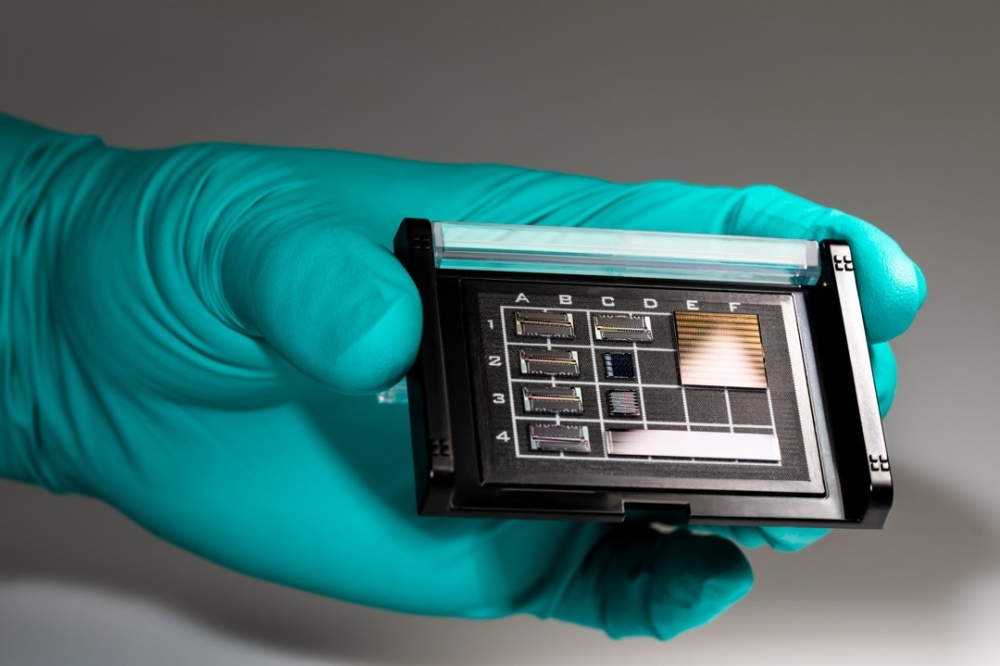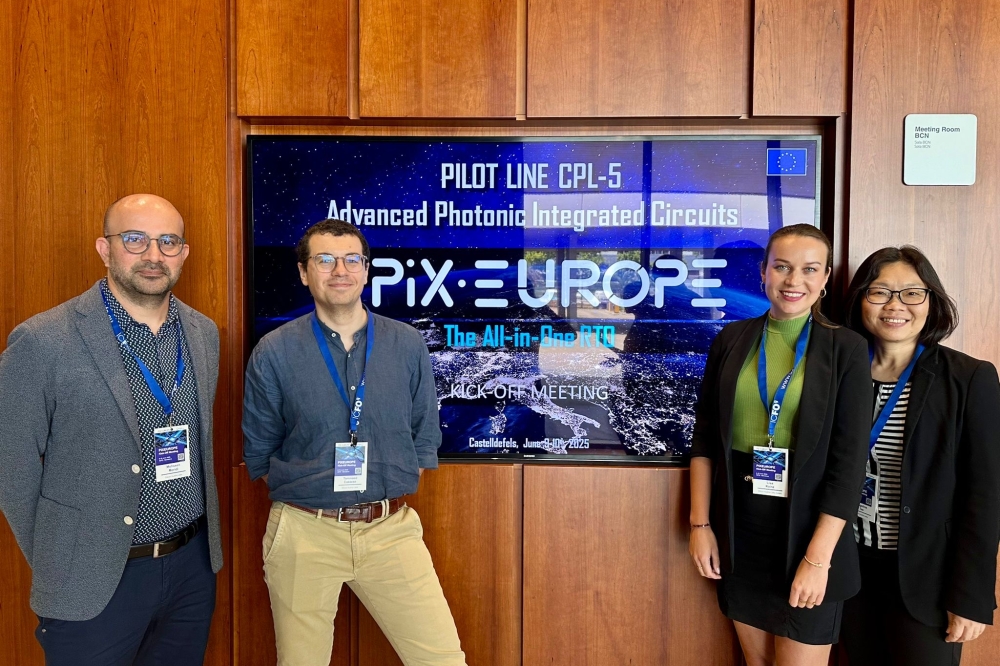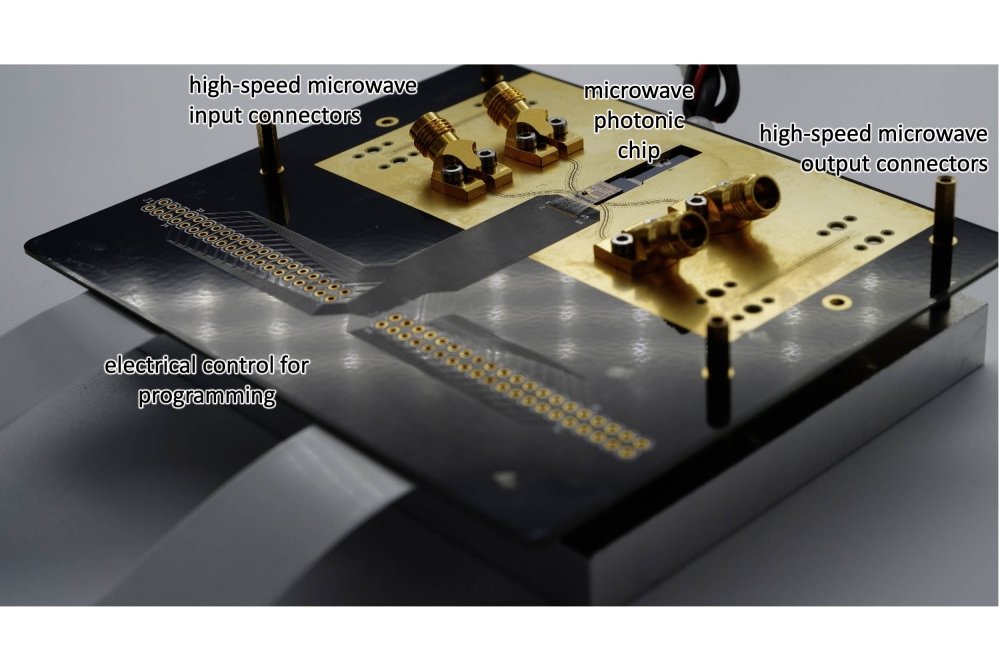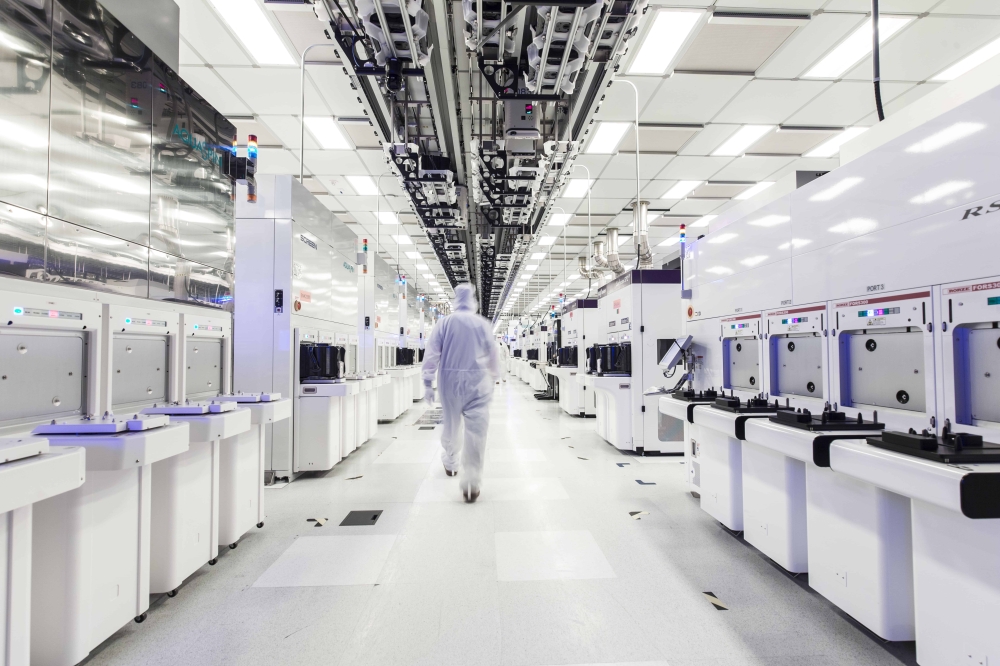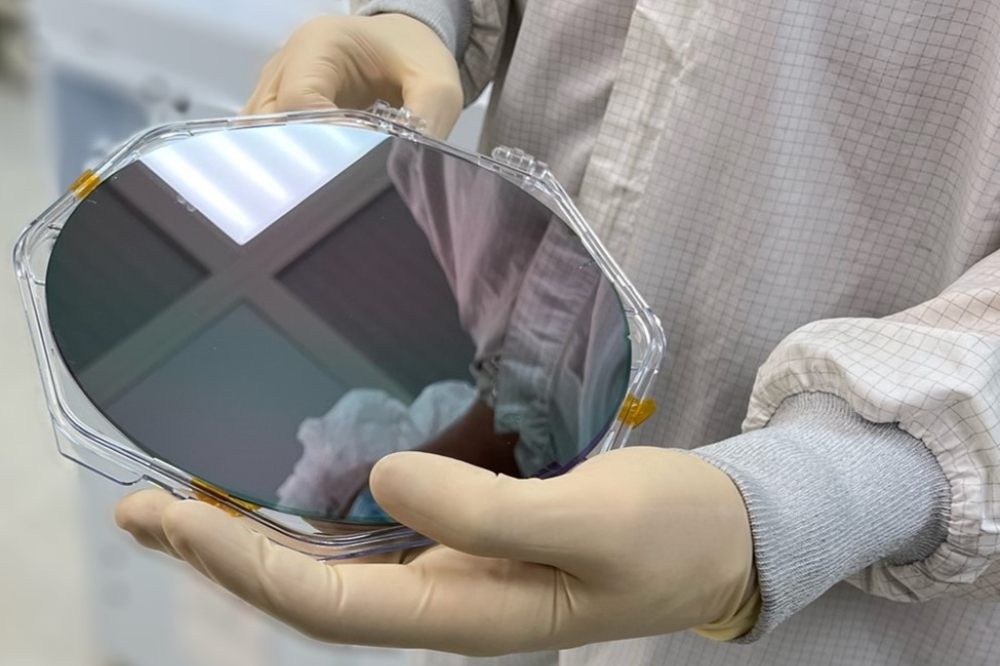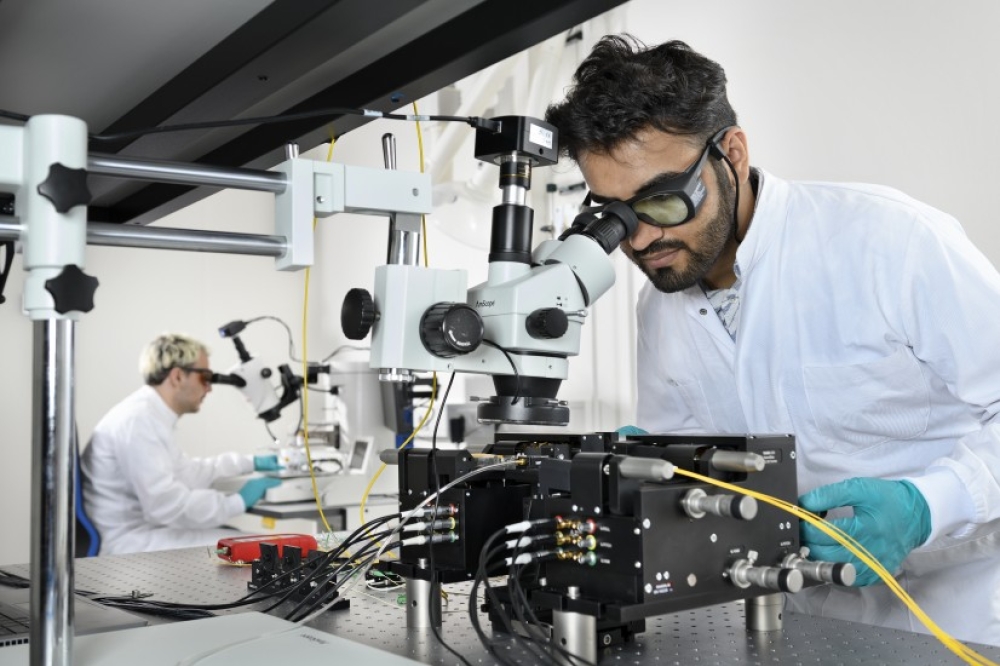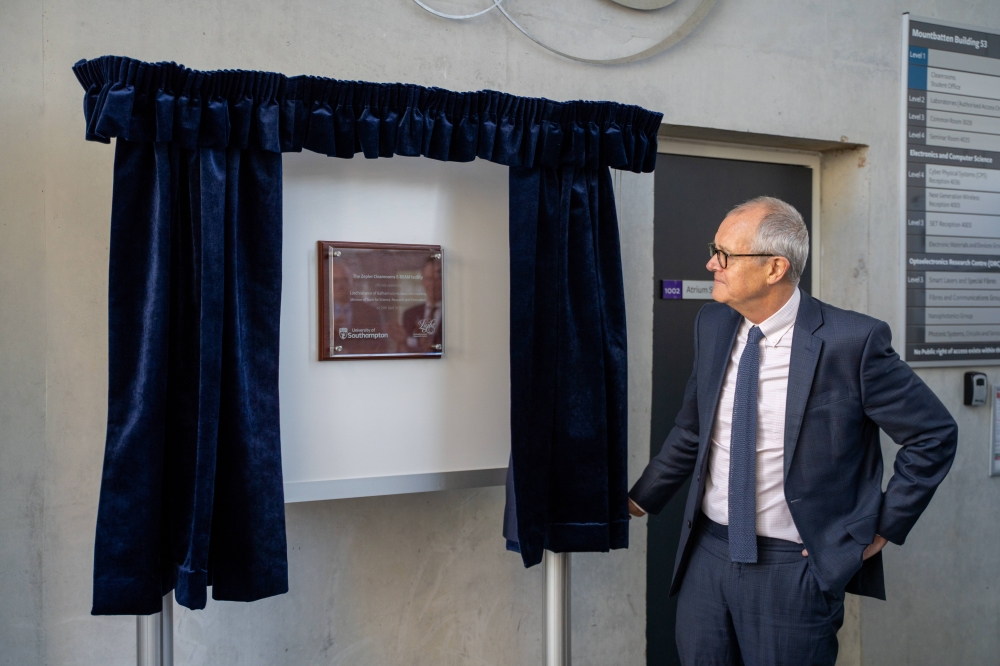Volantis raises $9 million for new photonic architecture to enable AI

The start-up aims to overcome the limitations of silicon photonics by scaling an architecture that integrates directly modulated lasers with densely parallel on-chip waveguides, enabling high-bandwidth, low-power photonic compute platform for AI
Volantis, a semiconductor start-up focusing on building photonically integrated computers for the AI era, has emerged from stealth and announced a $9 million seed round of funding. The round includes backing from Alex Wang (Scale AI) and Trevor Blackwell (Y Combinator). Volantis adds that Sam Altman backed it in April 2022, betting on the need for foundational breakthroughs in compute long before today’s AI infrastructure limitations came into focus.
Founded in 2022, Volantis says it is the first company to scale a new class of photonic compute architecture that moves beyond the limitations of silicon photonics. Pursuing a fundamentally different approach – direct laser modulation and wafer-scale integration – Volantis aims to enable ultra-efficient communication across highly connected compute systems. According to the company, this architecture packs the power of a server rack into a chip-scale package, reducing energy consumption and cost while dramatically increasing compute speed.
“We’re not just making an incrementally better AI chip,” said Tapa Ghosh, founder and CEO of Volantis. “We’ve solved long-standing challenges that have kept photonics out of computers. Instead of relying on silicon photonics, we’ve scaled a new class of low-cost, low-power, directly modulated lasers and coupled them into densely parallel optical waveguides – something never done at this scale before. The result is the photonic compute platform the AI era has been waiting for.”
The core bottleneck in AI compute today is the bandwidth and power required to move data between chips. While photonics has long been seen as the answer, Volantis says that silicon photonics – the dominant approach for the past two decades – has failed to scale inside systems. This is why the company replaces traditional chip interconnects with energy-efficient optical channels, using parallelism to deliver high aggregate bandwidth with high efficiency.
According to Volantis, the breakthrough comes from integrating directly modulated lasers with on-chip optical waveguides, enabling many slow, low-powered links to work in parallel, similar to the architectural advantage GPUs have in compute. The company says this unique combination allows it to unlock 15x better performance per dollar while improving stability and reducing power consumption. Volantis adds that it has already built working, patent-pending prototypes, validating that photonics inside the computer outperforms traditional silicon photonics.
“This new approach takes proven, low-cost VCSEL technology and unleashes it at scale to deliver a wafer-scale AI processor,” said Clint Schow, a photonics researcher and professor at UCSB, and advisor to the company. “Volantis is not trying to retrofit today’s chips; they’re building what the next decade of compute will require.”
The company plans to use the funding to continue refining its chip architecture, grow its engineering team, and begin early customer engagements.



